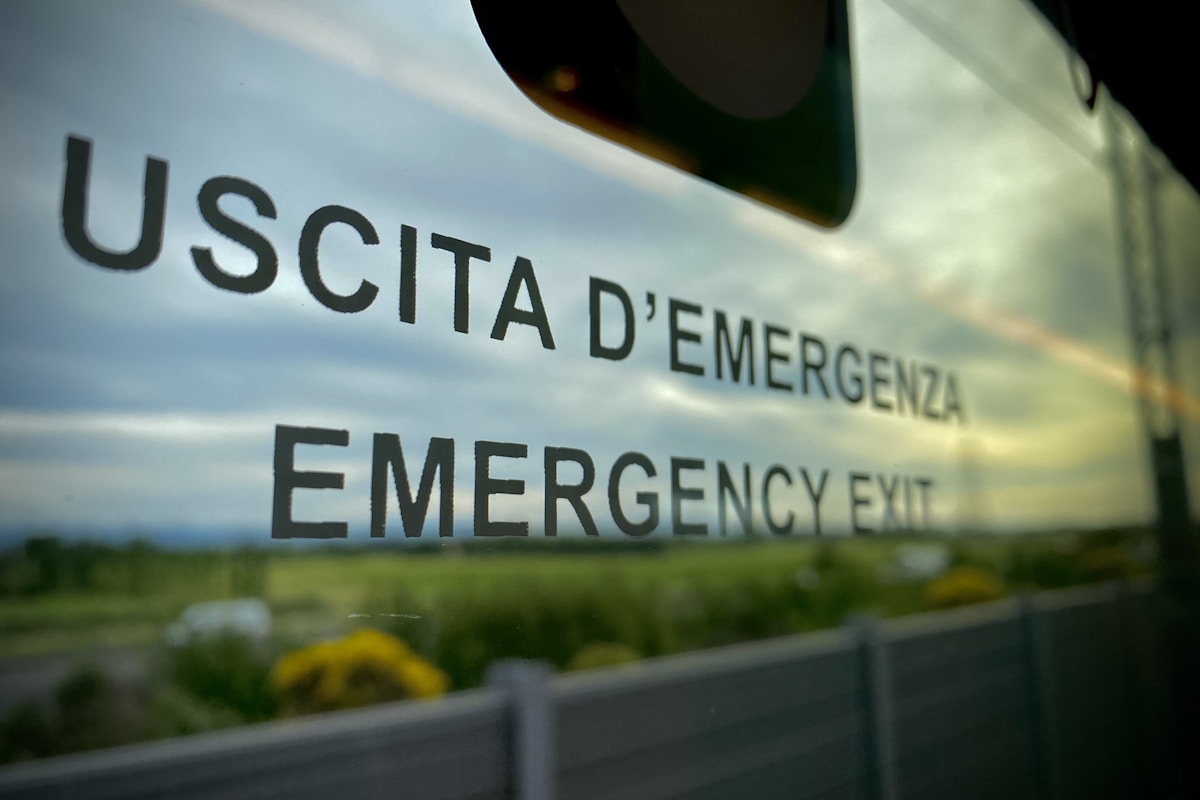Back to Industry News
General
Emergency Management: Governance and Training Drive Interoperability
Summary generated with AI, editor-reviewed
Heartspace News Desk

Photo by Paolo Chiabrando on Unsplash
Stay updated on stories like this
Key takeaways
- Effective coordination, not just technology, remains crucial for emergency response interoperability, experts say
- Published October 23, 2025, the report examines how governance, standard operating procedures (SOPs), and training impact public safety
- Chris Essid emphasizes that interoperability is primarily about coordination, even with advanced tools
Effective coordination, not just technology, remains crucial for emergency response interoperability, experts say. Published October 23, 2025, the report examines how governance, standard operating procedures (SOPs), and training impact public safety. Chris Essid emphasizes that interoperability is primarily about coordination, even with advanced tools. He notes that communication and trust are vital when integrating technologies like drones and AI.
Modern interoperability now encompasses broadband data, video analytics, IoT devices, and autonomous systems. This expansion necessitates inclusive governance models aligned with operational needs. Strong governance supports effective decision-making during crises. Clearly defined SOPs are also essential for seamless communication among diverse responders. Continuous training programs ensure personnel can effectively use new technologies. Multi-domain operations address complex, evolving challenges.
The report concludes that interoperability depends on people and processes. Modernizing governance frameworks, formalizing SOPs, and investing in training are key. These steps ensure technologies and personnel function cohesively, improving public safety outcomes. The article highlights the need to prioritize human factors alongside technological advancements for effective emergency response.
Related Topics
interoperabilityemergency managementgovernancestandard operating procedurestrainingpublic safety
Never miss stories like this